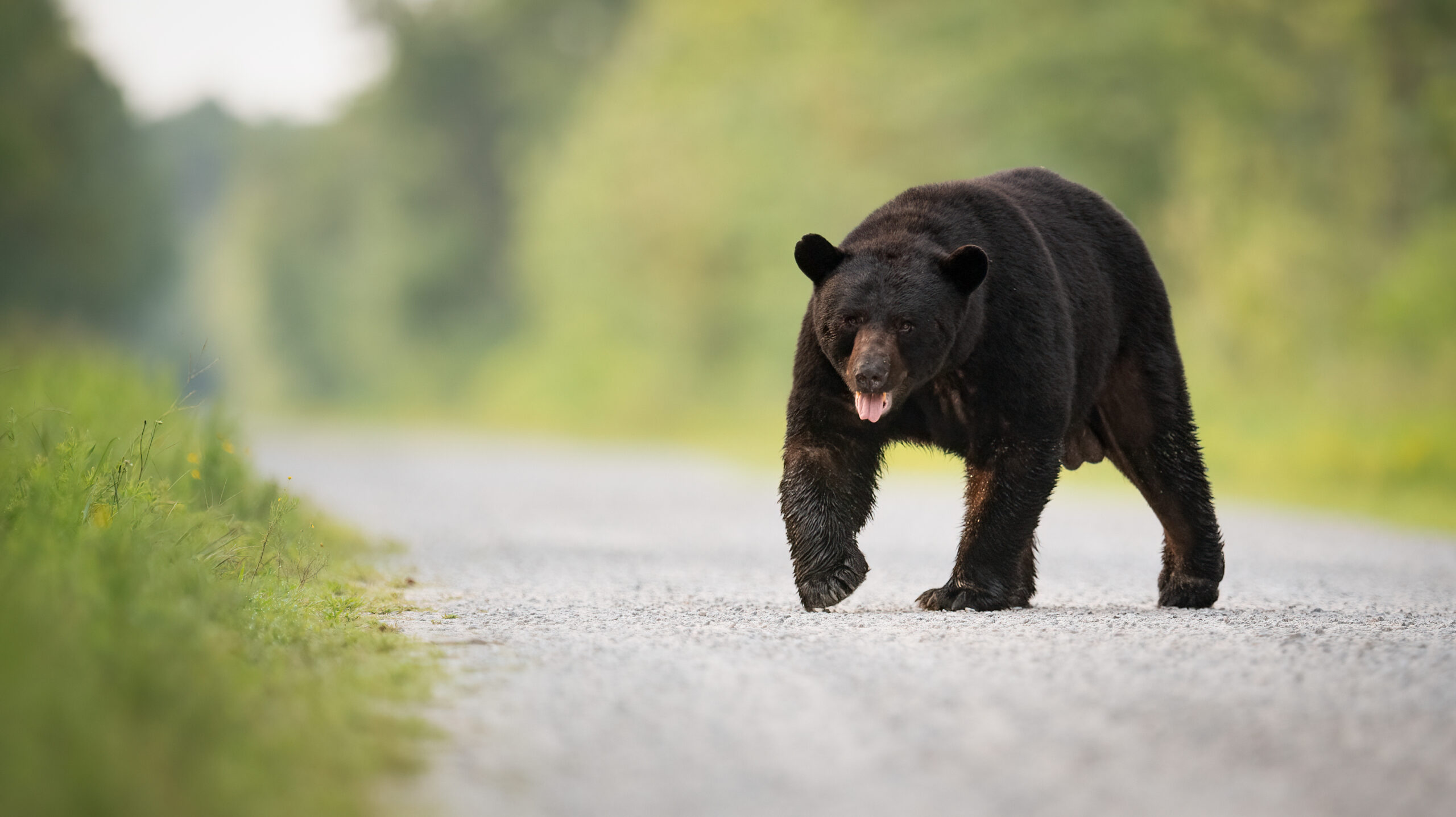As human activity continues to expand into wild areas, conflicts between people and wildlife—like bears raiding beehives—are becoming more common. A recent study in the Carpathian Mountains looked at how and why brown bears target apiaries and found that the key to preventing these incidents lies in understanding the problem at multiple levels, from local surroundings to the broader landscape.
The research shows that beehives near forests and far from human activity are more likely to be damaged by bears. But it’s not just about location—larger patterns like bear population density and food availability also play a role. By combining data from both small and large areas, researchers created risk maps that more accurately predict where bear encounters are likely.
This approach helps landowners and communities take smarter, proactive steps—like placing hives closer to human dwellings, installing electric fences, managing waste, and offering bears alternative food sources. These practical strategies not only reduce damage but also promote coexistence.
For conservation-minded hunters and land stewards, this study reinforces a key belief: human intervention, when guided by science and respect for wildlife behavior, is essential to managing ecosystems responsibly. It’s not about control—it’s about balance, prevention, and sustainable coexistence.

